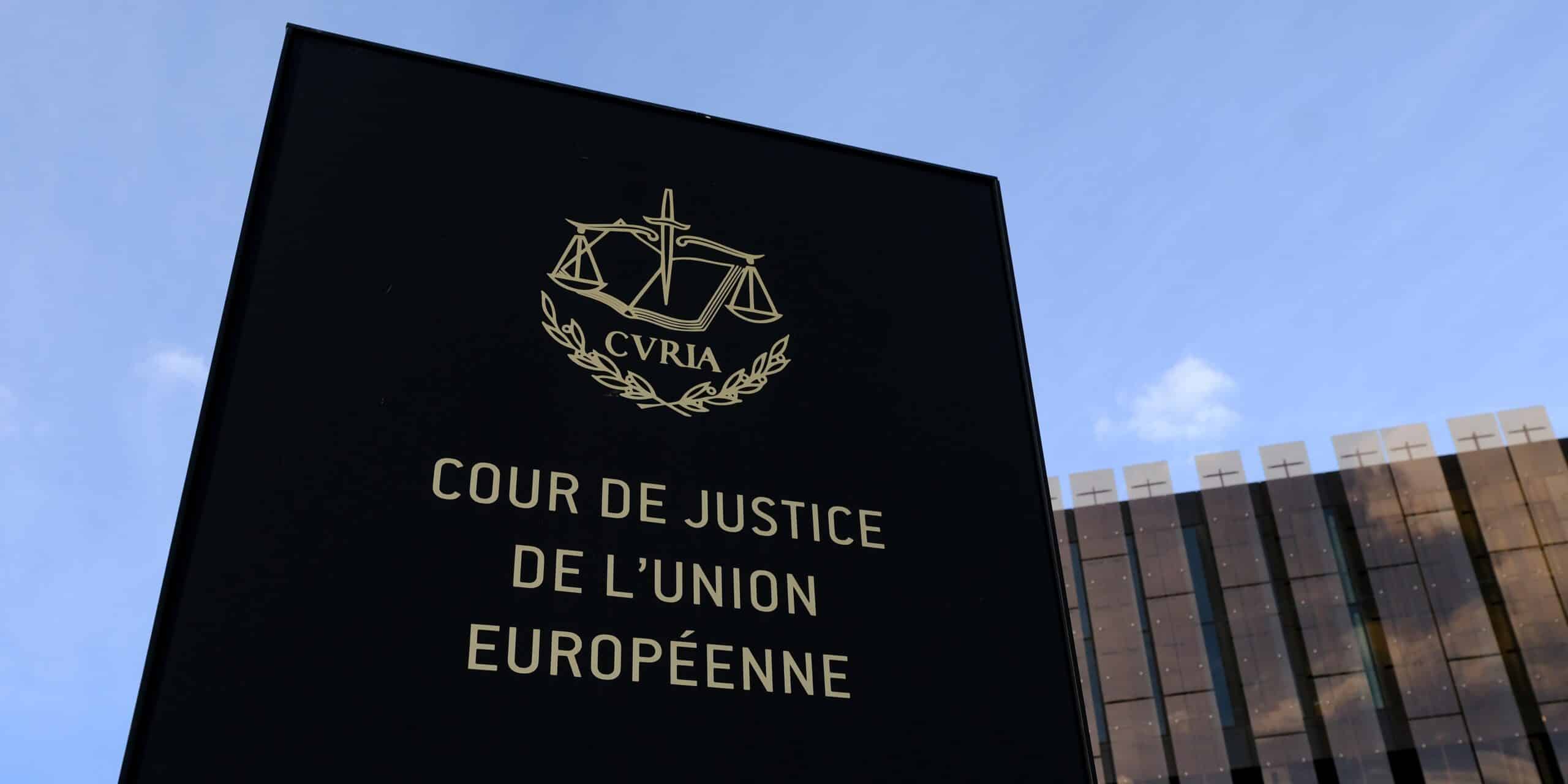[EXAMPLE]
Apply or renew LEI number in European Union. Find authorized LEI Registration Agent in Member State
LEI Europa validation tool allows to check if your company already has an LEI number. If no LEI number has been issued, we will refer to authorized LEI Registration Agent in your Member State. You can initiate secure data transfer from LEI Europa database to relevant Registration Agent.

What is LEI number?
A Legal Entity Identifier (LEI) is a universal identification code that is issued to legal entities to enable the registrar to report securities transactions made on behalf of an entity, as required by European regulations.
Both the Directive 2014/65/EU (MIFID 2), which entered into force on January 3, 2018, and the directly applicable Article 26 of Regulation (EU) No. 600/2014 (MIFIR) require all investment service providers to report on transactions with publicly traded securities. The European Commission’s Implementing Regulation (EU) 2017/394 requires securities registrars to identify all legal entities via an LEI code.
Latest news
Enhancing Transparency and Trust: The Significance of the Conformity Flag in LEI Code System

Enhancing Transparency and Trust: The Significance of the Conformity Flag in LEI Code System
In an age where financial transactions traverse borders with ease and the intricacies...
Global Legal Entity Identifier (LEI) System: Enhancing Transparency and Accountability in Financial Markets

Global Legal Entity Identifier (LEI) System: Enhancing Transparency and Accountability in Financial Markets
Introduction: In the wake of the 2008 financial crisis, regulators worldwide recognized the...
MiFID II and EMIR: Crucial Regulations Shaping Financial Markets

MiFID II and EMIR: Crucial Regulations Shaping Financial Markets
In the ever-evolving landscape of global finance, regulatory frameworks play a pivotal role...
